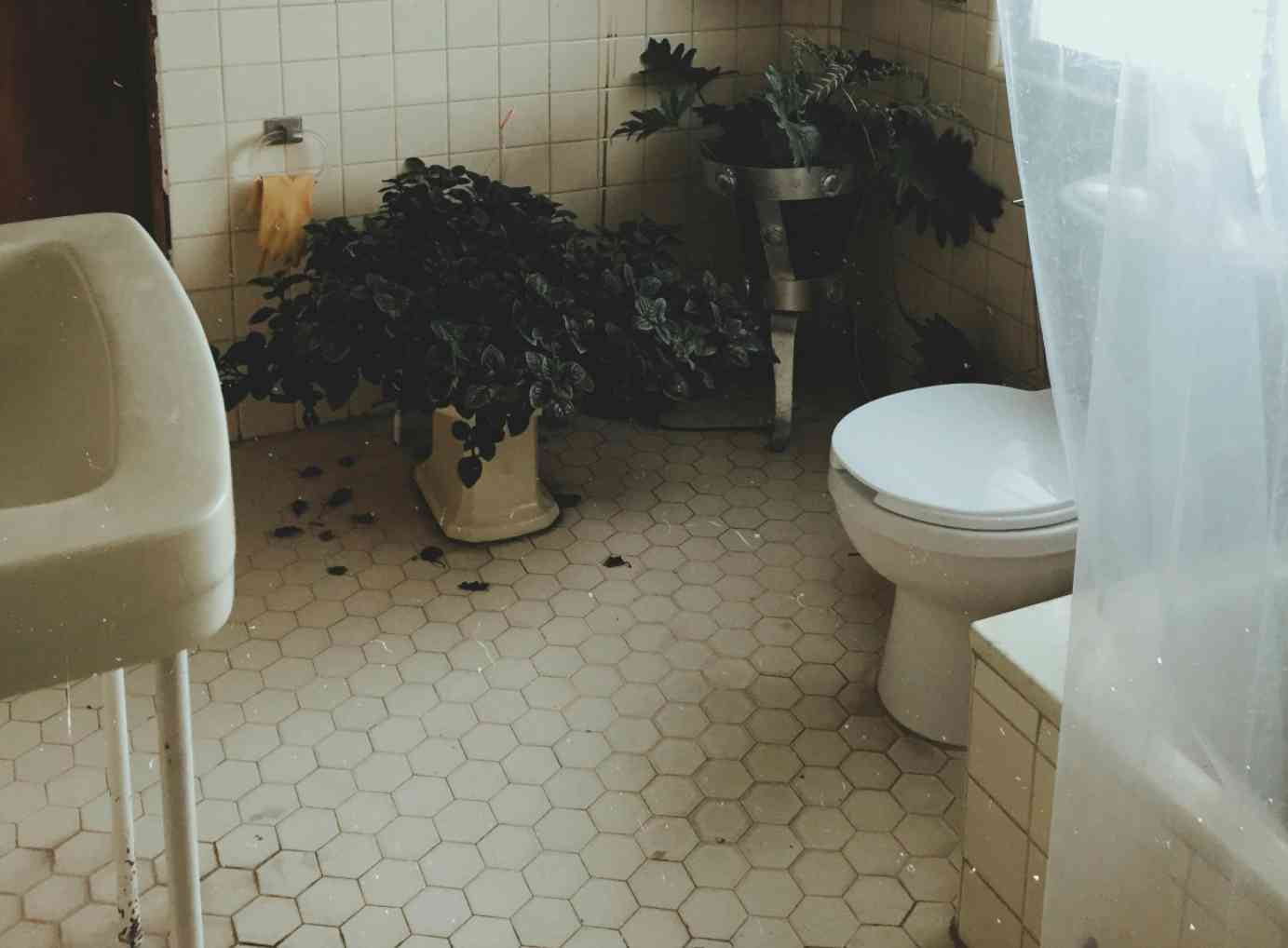A running toilet is an annoying problem as it significantly contributes to water wastage and increased utility bills. This issue, often overlooked, can have a surprising impact on your household water consumption. Understanding how a running toilet affects your water usage and learning how to manage it effectively is crucial for environmental and financial reasons.
The Impact of a Running Toilet on Water Consumption
Have you ever wondered, “how much water does a running toilet use?” The answer might surprise you. A continuously running toilet can waste around 200 to 4,000 gallons of water per day, depending on the severity of the leak. This amount can quickly add up, resulting in an unexpected surge in your water bill. This excessive water usage can become a significant financial burden for a typical household.
Common Causes of a Running Toilet
Understanding the common causes of running toilets is essential to managing their water consumption. One of the most frequent issues is a faulty flapper. It is a valve at the bottom of the toilet tank that manages the water flow to the bowl. Water can continuously flow into the bowl if it doesn’t seal properly.
Another common cause is an issue with the fill valve, which controls the water in the tank. If the valve is not adjusted correctly or malfunctions, the toilet can run continuously. Additionally, the flush handle or chain inside the tank may become stuck or improperly positioned, preventing the flapper from sealing correctly.
Diagnosing the Problem
Before fixing a running toilet, you need to diagnose the problem accurately. Start by taking off the tank lid and observing the internal components. Check if the flapper is sealing correctly or if it appears worn out. Listen for any hissing sounds, which can indicate a leak.
Fixing a Running Toilet
Once you’ve identified the cause, fixing a running toilet is often straightforward. If the flapper is the issue, replacing it is usually simple and inexpensive. You can purchase a new flapper from any hardware store and install it with minimal tools.
How to Prevent Future Issues
Preventing a running toilet in the future involves regular maintenance and being mindful of potential problems. Regularly inspect the components inside the toilet tank to ensure they are functioning correctly. Replace any worn-out parts promptly to avoid leaks.
Installing Micrometers to Measure Water Usage and Detect Leaks
Installing micrometers to measure and save water and detect leaks is an effective strategy for enhancing water conservation efforts. These precise instruments monitor water flow in real-time, enabling the early detection of leaks and inefficiencies. By providing accurate usage data, micrometers help households and businesses optimize water consumption, reduce waste, and lower utility bills, contributing to more sustainable water management practices.
Managing the water consumption of a running toilet is a straightforward and impactful way to conserve water and save on utility bills. Knowing how much water does a running toilet use is essential to avoid bigger issues. By understanding the causes, diagnosing and fixing the problem, and taking preventive measures, you can ensure your household is not contributing to unnecessary water waste. Remember, every drop counts, and addressing a running toilet is crucial for more sustainable water usage.






